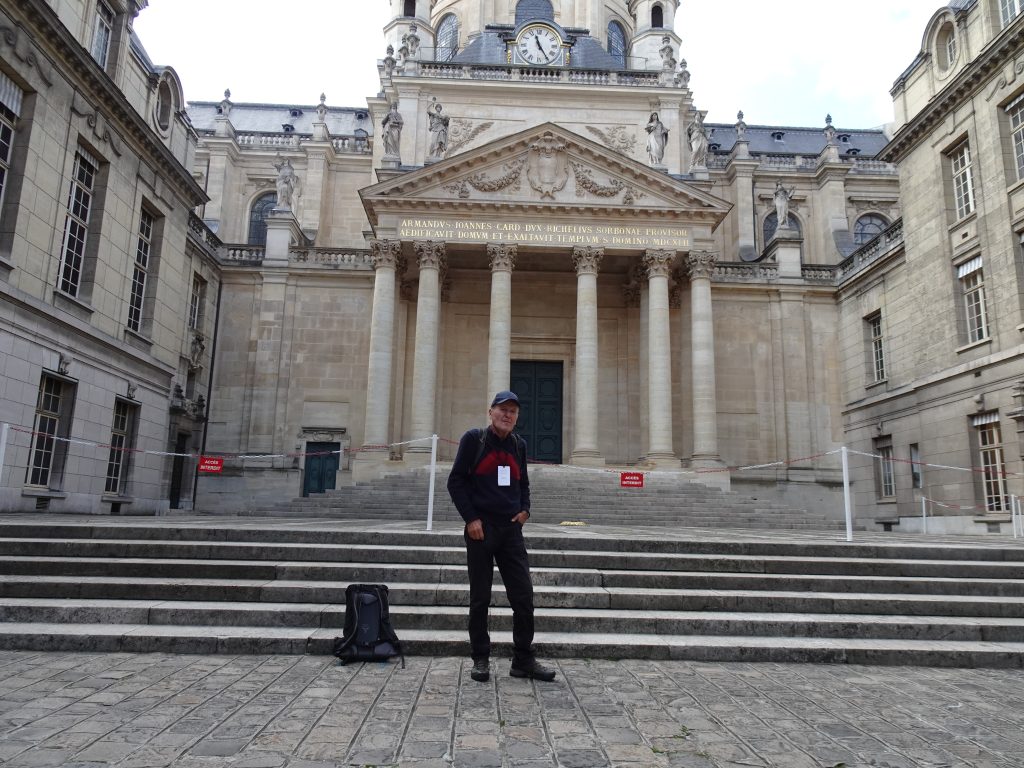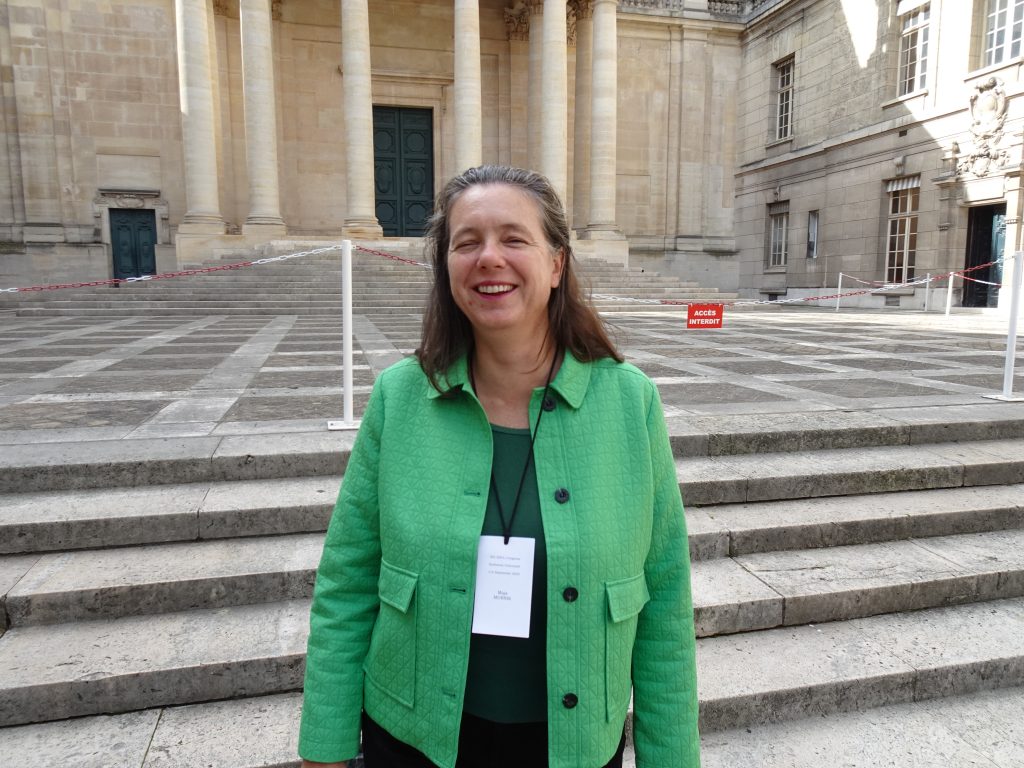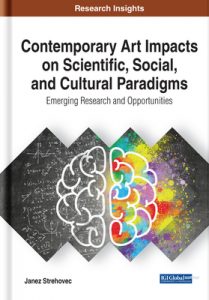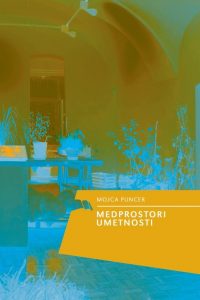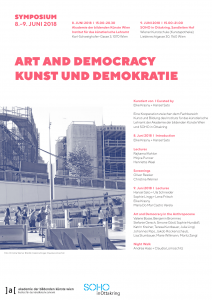Maja Murnik and Janez Strehovec attended ESCL biennial congress in Paris at the Faculty of Humanities of Sorbonne University. They presented the paper, titled “A Phenomenological Approach to Gaming Worlds”
https://escl-selc.eu/next-congress/
Abstract
Janez Strehovec and Maja Murnik: A Phenomenological Approach to Gaming Worlds
The entry of modernist and neo-avant-garde literary practices into the literatures of the Realsozialismus(in the USSR, Czechoslovakia, Hungary, Yugoslavia) led to a series of conflicts in the 1960s, 1970s and even later, when modernist authors had to defend themselves against the real socialist censors. One of their main arguments was that the world of their heroes was fictional, and the same applied to the events and situations in which they were involved. Fictional means that a particular person or action has an ontological status as-if (als-ob), which affects the reality of literary worlds. Here it is important to refer to phenomenological research, which in phenomenological aesthetics has emphasized that the nature of an artwork’s being is heterogeneous; for, besides real foreground, the work of art also contains a layer of unreal background. Analyzing the intentional world of artworks, phenomenological aesthetics likewise revealed such particular ontological forms as the unreal, quasi-real and the as-if-real. No less significantly, phenomenological investigations also raised the issue of the ontological status of the purely artificial as in the reality of “impossible” entities such as the centaur, the round square, wooden iron, and so forth. The being of these entities – as the so-called impossible objects – is again quite particular in nature; one could say that their ontological status is shifted from that of being towards nothingness. The French philosopher Jean-Paul Sartre, having dedicated his thought precisely to nothingness – which is, in a way, essential to the being – reached farthest into these issues. In his Being and Nothingness(1943), Sartre distinguishes intermediate stages between fully positive realities and those whose positive nature of appearance-alike merely conceals the chasm of nothingness. It is this very notion that first highlighted the existence of reality as comprising the non-being phenomenological interest in these plural-mode being structures (that is, objects of art and imagination). This research is not confined to the theorists generally associated with the field of phenomenological aesthetics (such as, for instance, Roman Ingarden, Moritz Geiger, Eugen Fink, Maurice Merleau-Ponty and Nicolai Hartmann), but was demonstrated also by Edmund Husserl – as it is evident in the writings from his Husserliana, Vol. XXIII under the title Phantasie, Bildbewusstsein, Erinnerung(1980). Husserl’s major concern in this collection of his writings is with the fictional objects of imagination (in German, Fikta) in the sense of as-if-real objects, and the specificity of unreality.
The complex, by as-if-principle-infected reality also includes the game. Roger Caillois saw one of the peculiarities of the game in the fact that it involves make-believe that confirms for players the existence of imagined realities that may be set against ‘real’ life. In the presentation, the authors will discuss examples of the application of phenomenological aesthetics to the understanding of several works of Slovenian contemporary literary and new media art. Although the topics related to phenomenological aesthetics, are now seen as very distant and historical, they may be relevant to explain certain key features of new media artworks, as well as a number of new paradigms into which these works are entering in Slovenia.
